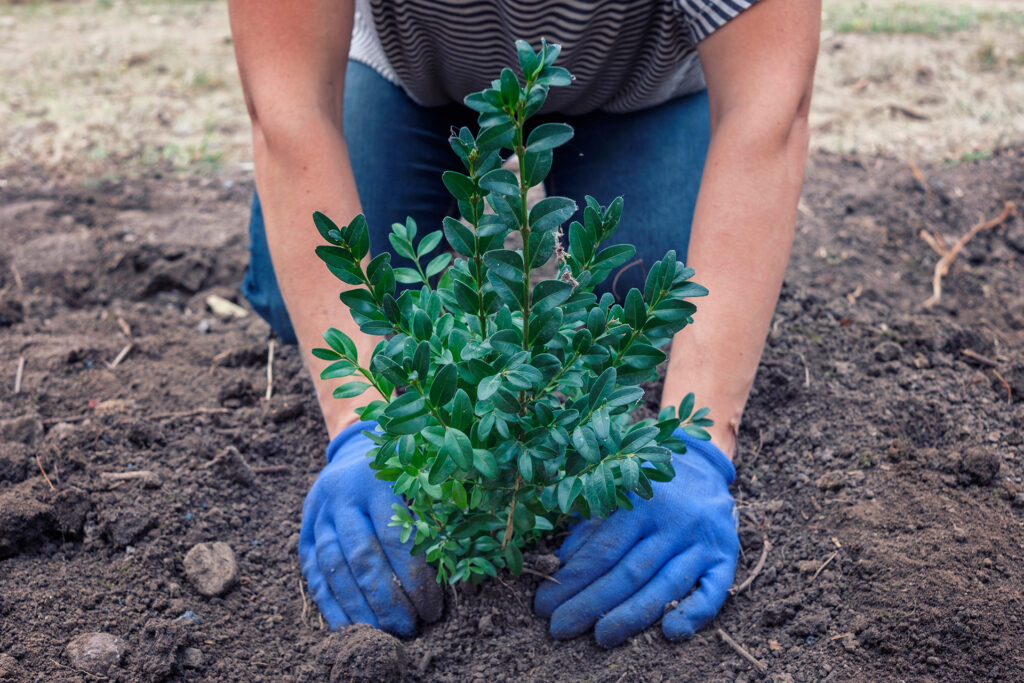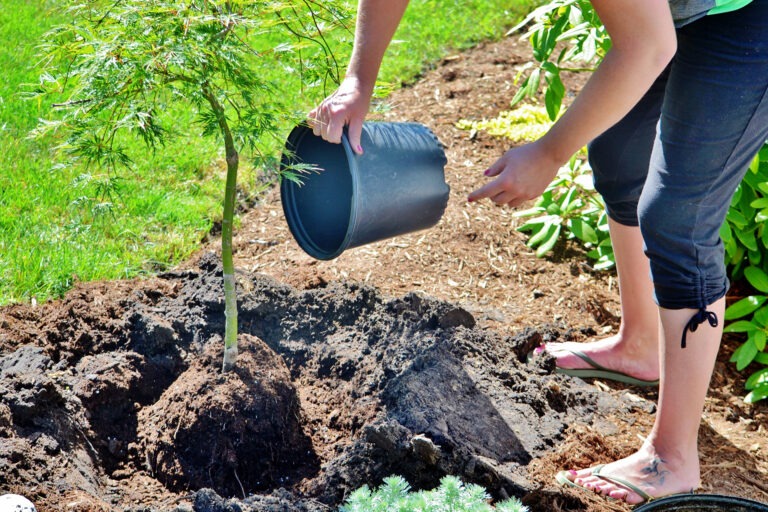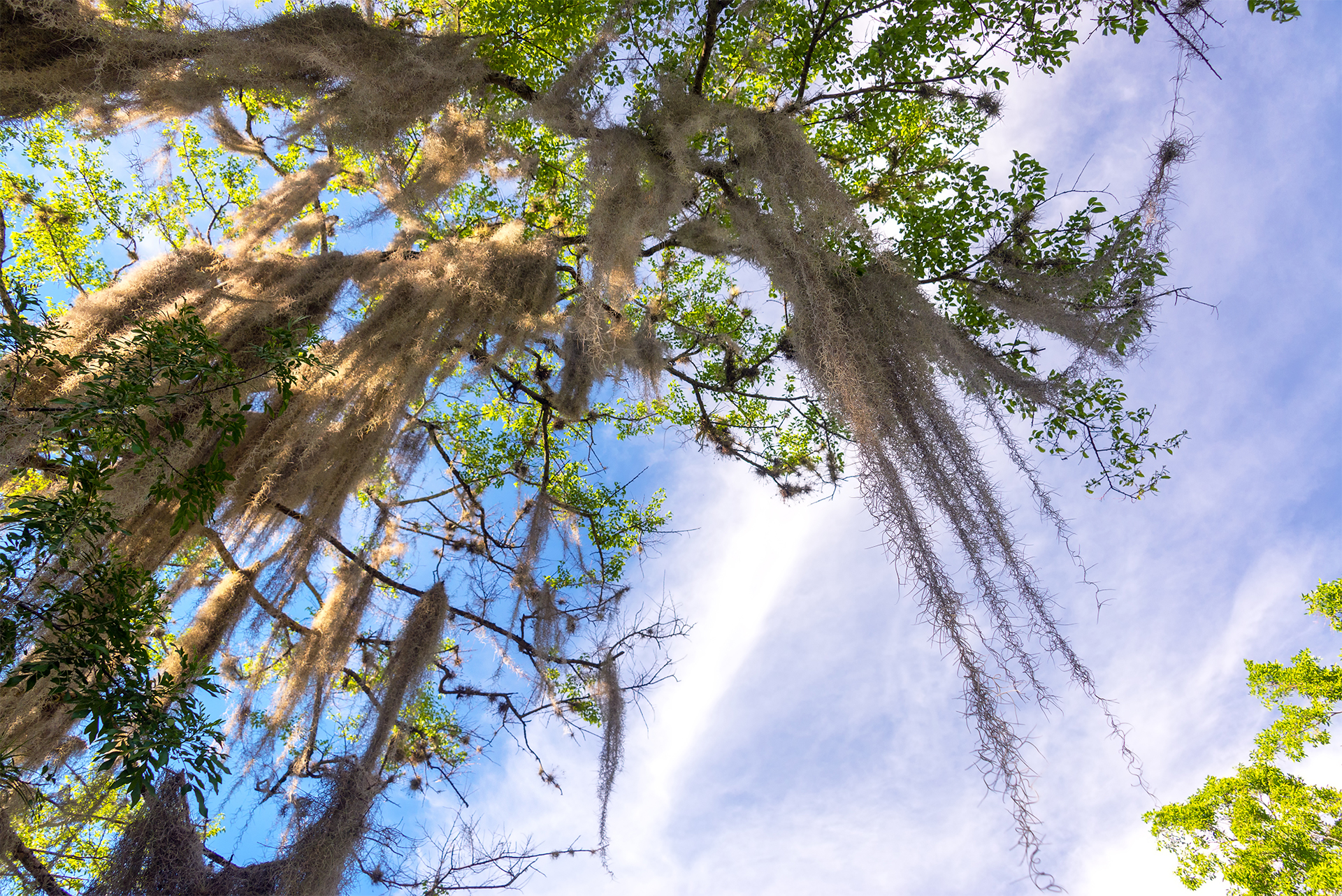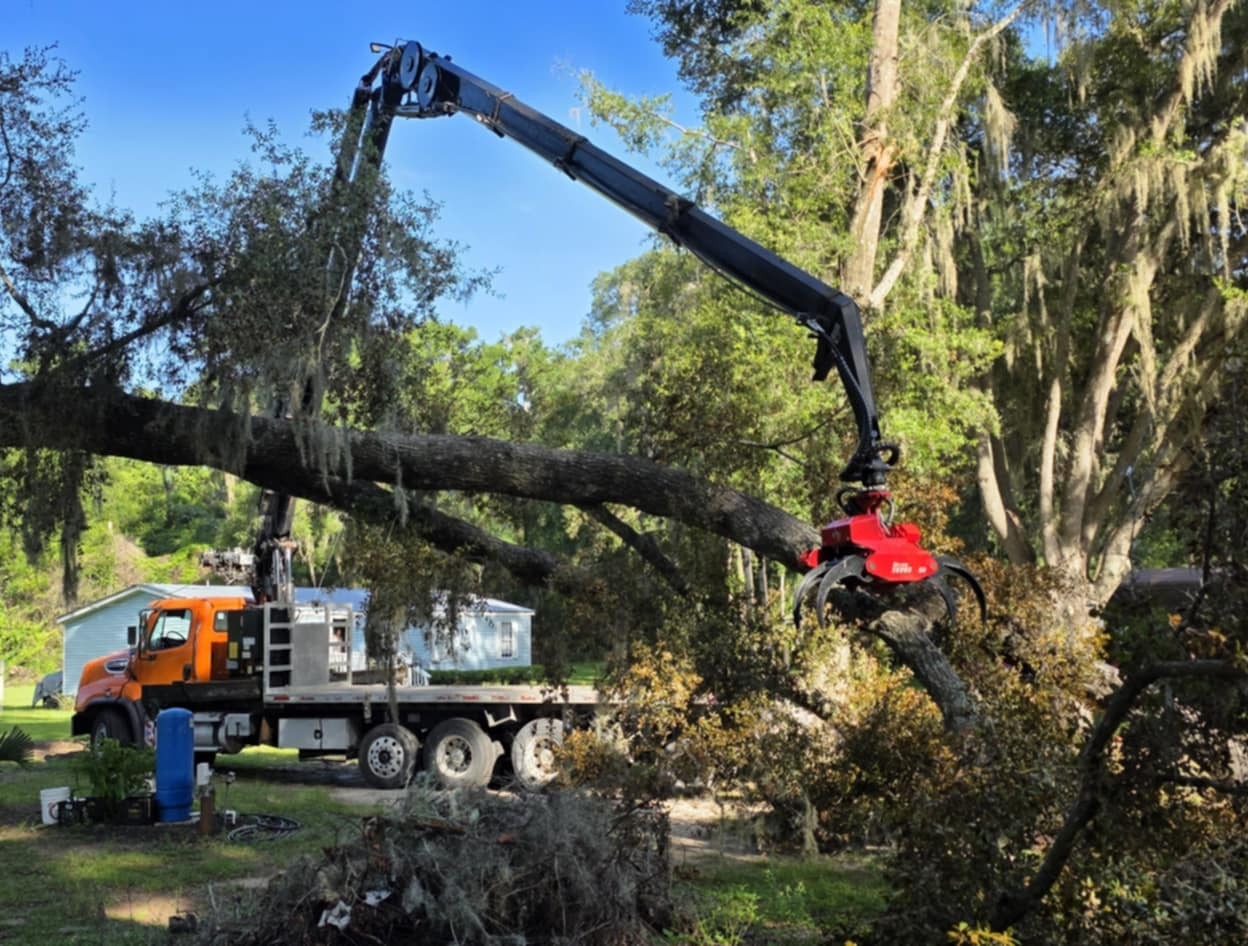Planting & Establishing Trees

Planting & Establishing Trees in Dunnellon, FL
When it comes to planting and establishing trees on your property, you want to give them a good start. The beginning of the process can dramatically impact the future of the trees if not done properly.
Learn more below on how to plant a tree, how to establish them, and what steps to take when it comes to adding more foliage to your Central Florida land. Trees not only add to the property’s appeal but also to the value as well. Making sure all your trees are healthy and thriving is what Dusty’s Tree Service does best.
From planting trees to establishing healthy root structures, we’ve got all your professional tree services covered in one place.
How to Plant A Tree
There are certain steps you should take whenever planting a tree. When you first transplant your tree on your property, it will go into a state of shock. Transplant shock can damage the root system and slow growth of an otherwise healthy tree. These steps help prevent damage and disease helping your newly planted tree to recover faster.
- Trunk Flare – Find the Trunk Flare on your tree. This is where the trunk expands right before the roots. Make sure the trunk flare is partially visible when once all your soil has been added.
- Dig a Hole – The hole should be two or three times wider than your root ball. Don’t make it deeper than the root ball, remember we want to cover the trunk flare only partially.
- Uncover Your Root Ball – If your root ball is wrapped, remove all material from it. Inspect the roots for any roots that are circling the root ball and straighten them down, to ensure property root growth.
- Place Your Tree in the Hole – When you’re placing the tree into the hole, hold it by the root ball, not the trunk. The majority of the roots will develop in the first 12 inches of the soil, so don’t put your tree too deep into the hole.
- Straighten the Tree – Look at the tree from many angles before you fill your hole with soil. It is often best to have a friend look with you to ensure it is really straight.
- Fill the Hole – Fill the hole, and gently pack the soil. To eliminate air pockets, water the soil while you’re back filling the hole with dirt. Do not fertilize the soil at this time.
Other factors in planting a tree include:
- Roots & Pavement – When it comes to roots and pavement, you want to make sure the roots have plenty of room to grow without interfering with the pavement around the structure. You need to be aware of how far out the roots will grow to ensure you avoid damage to your concrete driveways, curbs, or patio areas. It can even grow under the foundation of your home if not properly measured. That’s where our team can come in. As tree planting experts, we can help you know where the best place to plant is for root growth.
- Girdling Roots – These types of roots are the type that come out at or right below the surface of the ground. They impact the growth of a tree by cutting off the movement of the water. These roots grow into one side of tree and put pressure on the trunk which impacts nutrients and water moving through the tree.
- Surface Roots – When a tree has shallow roots, that is when you have surface roots. Surface roots are around eight inches under the soil. If you cut into these roots, it can cause issues for the tree. Preventing these when you plant the tree is important. Working with a professional tree service can help you know the trees are planted properly.
Establishing Trees

Once the tree is planted, it’s important to know how to care for it to establish the tree. The establishing period is very vital in ensuring the longevity of the tree and its safety for the future. Trees that aren’t properly taken care of during the establishing period will have issues. The following are areas of concern that need to be carefully monitored during the planting and establishing of the trees on your property.
Watering
Make sure that you properly water the root ball and the planting hole before you install the tree. After the initial planting, you want to continue to water the tree on a regular basis.You want to make sure that the root ball of the tree is kept at a constant moisture level. This means you need to be aware of the drainage of the soil you are working with. The biggest issue with not knowing it is that you’ll overwater or underwater newly planted trees. That can kill them quite quickly.
An irrigation system that is designed for your property is the best route to go. When a tree is planted during spring or summer, watering two to three times a week is perfect. You want to have two to three gallons of water per inch of the trunk diameter.
Staking
You only want to stake the tree that is newly planted if absolutely necessary. For example, trees over four feet tall should be staked temporarily to get established into the ground. Trees that are more top heavy also should be staked to prevent toppling over. You can use either wood or metal stakes to help keep the root ball in place while the tree is growing into the ground around it. Stakes and guide wires help to prevent the tree roots from letting go of the ground and toppling over. These wires and stakes should be removed after a short time to allow the tree to continue to flourish.
Mulching
Installing mulch around the root ball can help newly planted trees to get established while holding the moisture in the ball itself. You want to leave the soil away from the tree root ball while putting two to three inches of mulch over the root area. This will allow the water to flow freely into the roots and help to nourish the tree as it grows. Also, ensure you leave a few inches of space around the tree trunk open so that it does not promote root rot. Mulching can add visual appeal as well as health to the newly planted tree.
Fertilizing
There are many products out there that say they fertilize your newly planted tree. While you can use them, the best method for tree growth is ensuring proper watering during the establishment period. The fertilizers will work if your soil has been tested and show that there is a deficiency in the soil. Slow-release fertilizer is good to use as it won’t overcook the soil right away. Talking with a trained expert on your soil is the best way to know if fertilizer is needed or not.
Call a Trained Professional
Arborist/Owner

Dustin Carroll
As the owner of Dusty's Tree Service, I personally stand behind every job, ensuring it's completed with the utmost care and professionalism.
Recent posts

Does Spanish Moss Kill Your Tree?



